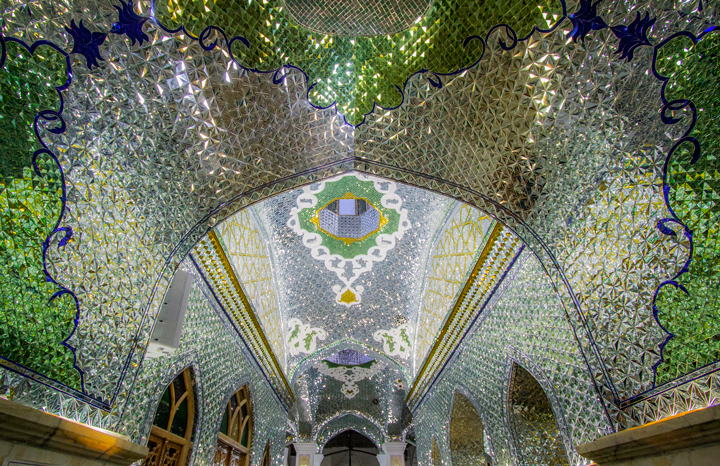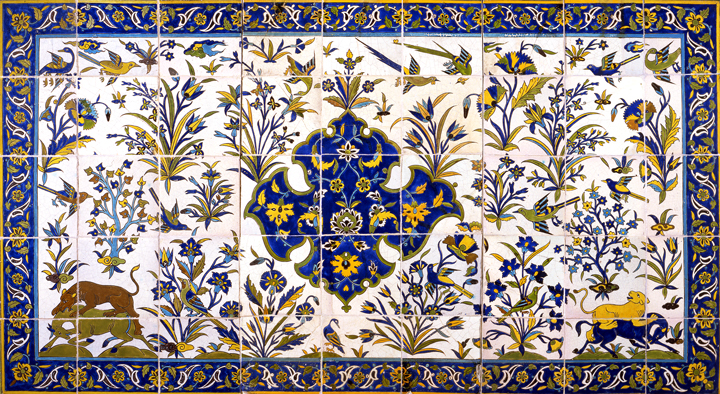Plasterwork (Stucco) of Iran

GACH-BORI, plasterwork or stucco, has been used as a building material in Persia for more than 2,500 years. Originally it may have been applied as a rendering to mud brick walls to protect them from the weather, but it was soon exploited for its decorative effects, as it provides a ground for applied decoration. A cheap and flexible medium of decoration, it can be secured to almost any material of construction used for exterior and…
10 World-Renowned Iranian Contemporary Artists

The modern art movement in Iran begun in the period after the death of famous Persian painter, Kamal-ol-molk (1852–1940), symbolically demonstrating the end of strict adherence to the academic painting. During 1950 and 1960s, movements such as Saqqakhaneh school emerged in Iran and Iranian artists produced many innovative and significant works in the history of art in Iran. In this article, we will introduce 10 most famous Iranian contemporary artists whose innovative works have been…
Art of Khatam Kari In persian Architecture & Craft

Khatam Kari is one of the Persian arts of marquetry, wherein the surface of wooden or metallic articles is decorated with pieces of wood, bone and metal cut in a variety of shapes and designs. Materials used in this craft can be gold, silver, brass, aluminium and twisted wire. Various types of inlaid articles and their quality are known by the size and geometrical designs. Smaller pieces result in a higher value of the artwork.…
Art of Mirrorwork in Iranian Architecture

Art of mirrors is surely one of the most delicate architectural decorations in Islamic-Iranian civilization. Essentially, mirrorwork is the art of making ordered, symmetric and geometrical designs using large and small pieces of the mirror for decorating interior surfaces of a construction. The first appearance of the art of mirrors in Iranian architecture was in decorating the Porch House of Shah Tahmasib Safavid (921-984 Hejira/ 1524-1576 A.D.) in Qazvin. …
Persian Tiling

Tiling is one of the most important traditional handicrafts and art forms in Iran. Examples of Achaemenid’s glazed bricks used in Persepolis and Susa, as well as the beautiful patterns of tileworks in the Achaemenid, Parthian and Sassanid periods and, the pinnacle of this art’s beauty, evident in Isfahan's turquoise tiles, which are used in ornamenting the historical inscriptions of the Seljuk era’s minarets, are all explanatory that the history of tilework in Iran dates…
